Table of Contents
A case-study of Chaschoc Lagoon, Mexico
This article is written by Dulce Maria Chan Cruz, tourism lawyer, and edited by Rianne Doller, vice president Icare Sustainably International
Icare publishes regular articles on COVID-19 and how we can limit long-term negative impacts of the pandemic on development. This articles focuses on the potential of community tourism from the perspective of Mexico. Find other articles on the topic here.
1. Introduction: Sustainable community tourism to regain economic activities post-pandemic.
This project presents the current situation of poverty in Tabasco, Mexico. The situation of marginalization has risen considerably because of the covid-19 pandemic.
The intention is to raise employment rates through the sustainable development of tourist activities, in the Chaschoc lagoon belonging to the Pochote section of the Municipality of Emiliano Zapata, Tabasco. In this natural resource it is possible to carry out activities such as boat trips, interpretive trekking, bird watching, flora and fauna observation, photographic safari, among others.
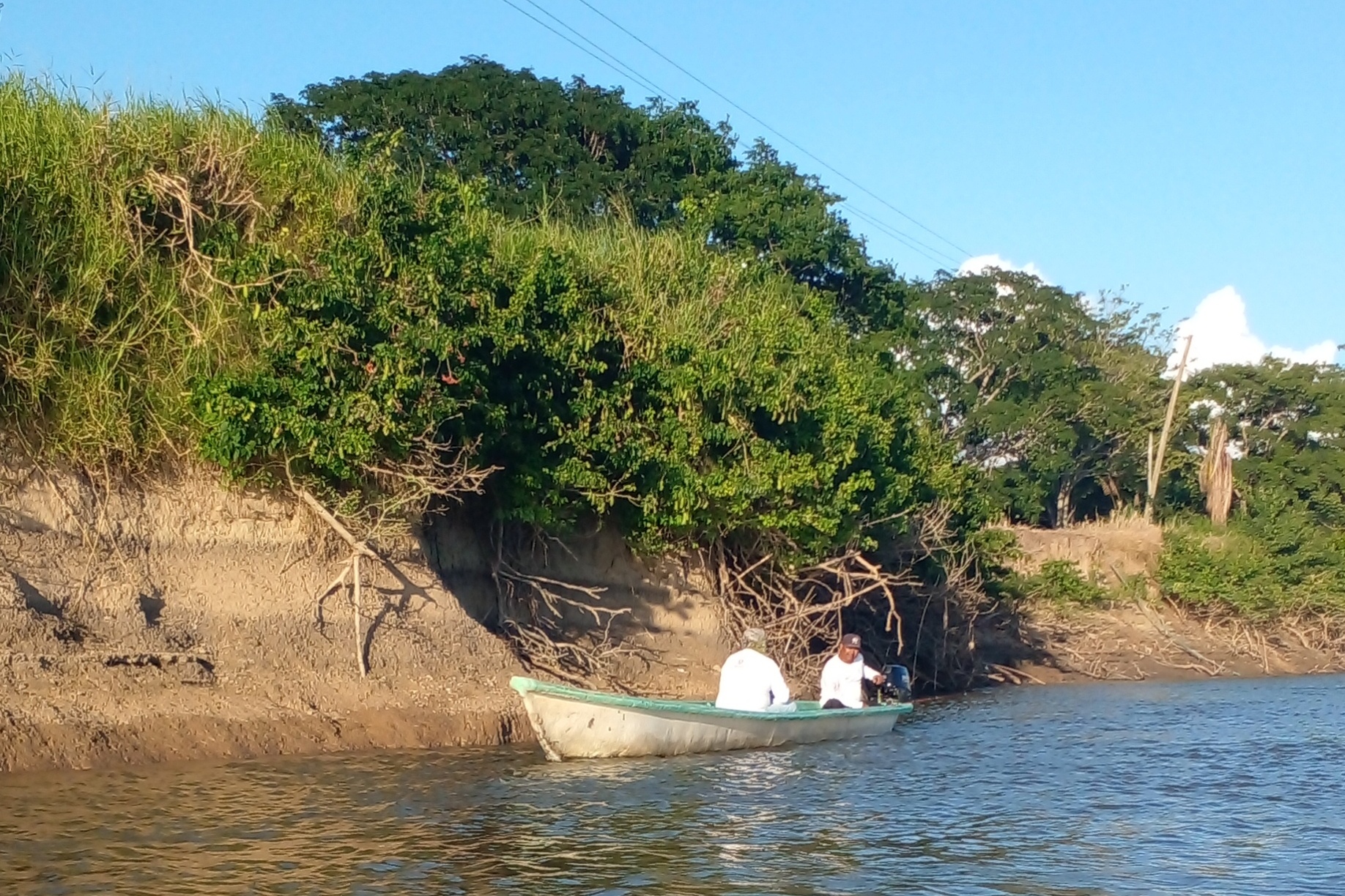
2: Sustainable community tourism in the Chaschoc lagoon
2.1: Potential community tourism
Through this sustainable tourist product on the basis of SDG 12, it is intended to end poverty, while generating employment for the locals, on the basis of SDG 1. To end poverty.
Hambre cero, fam will train the families of the communities surrounding the “Chaschoc” lagoon in the implementation of urban orchards, where they will produce food to eat and to develop typical and organic food products. They will sell the produce to the visitors, attracted by the familiar wetland Birds in Chaschoc.
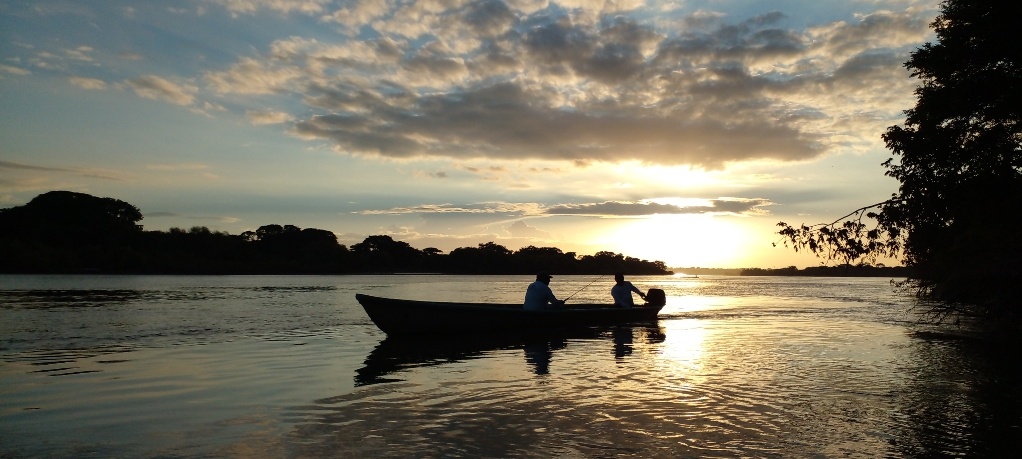
2.2 Challenges faced to develop community tourism.
2.2.1 : Polution of the Usumacinta river in Chaschoc
Studies carried out with the phytoplanktons of the Chaschoc succulent show toxic organisms that poison aquatic species and the people who consume them as food. For this reason, it is proposed to call the authorities so that human rights will not continue to be deposited in the Usumacinta river.
2.2.2: Workshops to revitalize Aztec cultivation to revert climate change
As established by SDG3, to promote gender equality, workshops and training for women and girls will be carried out. Those workshops have as goal to promote the provision of tourist services, while simultaneously guaranteeing life in the wetlands. For this, the Aztec cultivation method ‘Chinampa’ is promoted. Chinampa both provides food, such as peces and plants, and has the potential to revert the effects of climate change.
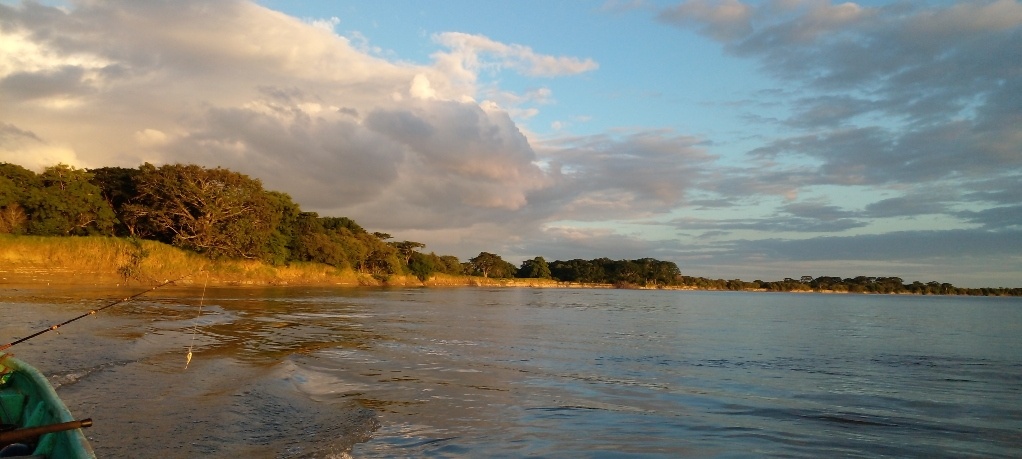
3. Community tourism: The key to re-establishing the economy in Tabasco after the ravages brought by Covid-19.
As of the agreement with Coneval, in 2021 working poverty increased in Tabasco, derived from the Covid-19 pandemic. More than 4 thousand companies closed their ports and around 12 thousand employees lost their jobs.
The aim is to create new employment opportunities through sustainable community tourism.
Sustainable tourism development meets tourism needs without compromising the capacity of future generations, ensuring the balance between current economic growth, care, conservation, protection, and reforestation of the environment and social well-being.
Community tourism goes hand in hand with the SDGs as is shown with this case-study.
3.1: Tabasco Chaschoc river ecological characteristics
“Chaschoc” is a tropical fluvial wetland located in the lower basin of the Usumacinta River, belonging to the Pochote section in Emiliano Zapata, Tabasco. Due to the variety of species it inhabits, it is considered a bird sanctuary.
Its Mayan Chol name means ‘white water’. There are many birds depending on the ecosystem of the river, such as the ladle heron (boat-billed heron), pink or chocolate spoonbill (pink spatula), gaitán (wood stork), sandpipers (semi-palmed wagtail, minor wagtail), seamstress (long dowser), osprey (osprey), caracolero hawk (snail kite), among many others.
The tourist activities in the Chaschoc lagoon are observation of native and migratory birds, observation of endemic flora and fauna, boat ride, photographic safari and interpretive trekking. Proposal in relation to SDG 12 of the 2030 agenda.
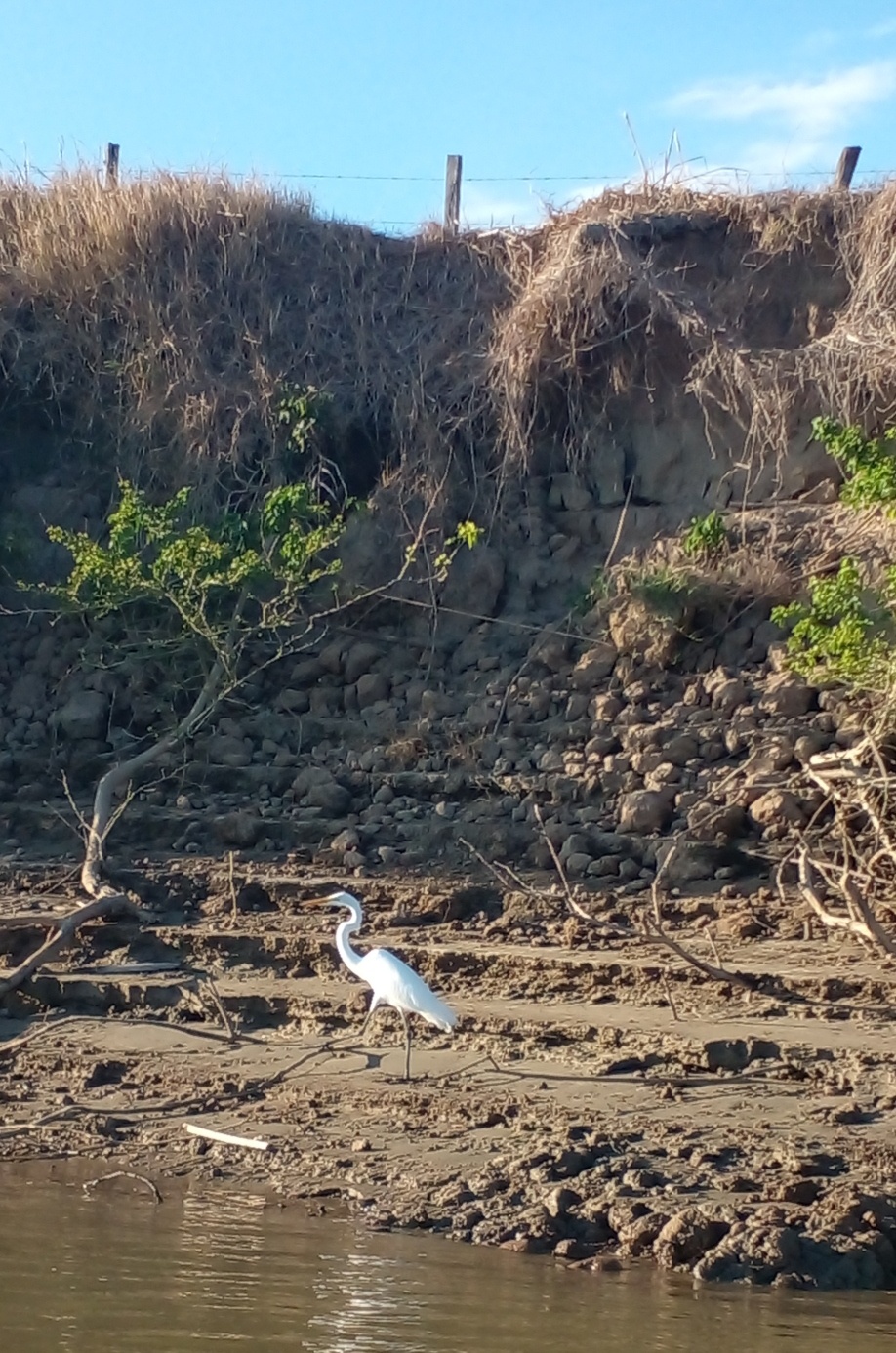
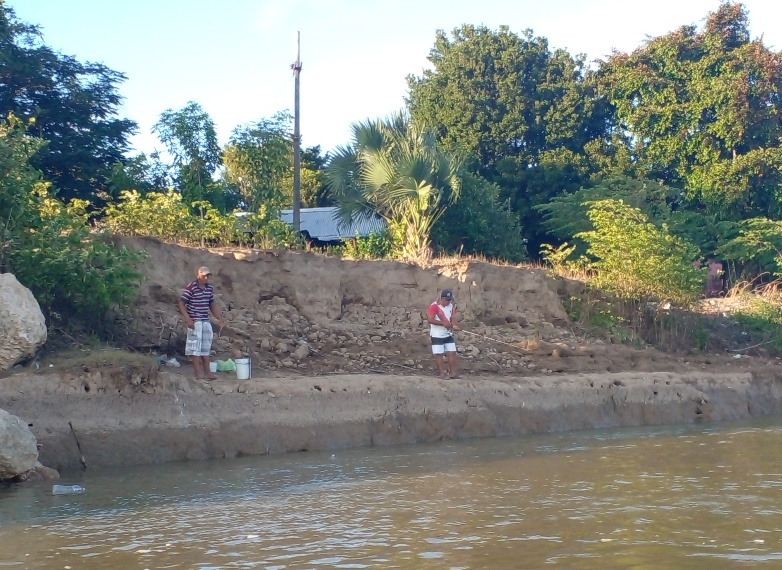
3.2: SDG 12 Responsible consumption and production.
” Develop and apply instruments to monitor the effects on sustainable development, in order to achieve sustainable tourism, which creates workplaces and promotes local culture and products.” (SDG12)
At the root of the spreading of the wealth is the natural resource “Chaschoc”. The intention is for the people of the surrounding communities to offer tourist services, such as ancestral gastronomy, boat rides, guided visits, exhibition of handicrafts, sale of medicines and aromatics plants, among others.
3.3: SDG 1 End of poverty.
“By 2030, ensure that all men and women, particularly the poor and the vulnerable, have equal rights to economic resources and access to basic services, ownership and control of land and other assets, inheritance, natural resources, appropriate new technologies and financial services, including microfinance.” (SDG1, target 1.4)
“By 2030, build the resilience of the poor and those in vulnerable situations and reduce their exposure and vulnerability to climate-related extreme events and other economic, social and environmental shocks and disasters.” (SDG1, target 1.5)
To guarantee food security for children, pregnant women, and people with different capacities and entire families, it is proposed to implement family gardens. It is a good practice for the cultivation of flowers, aromatic herbs, vegetables and fruit trees. The gardens will be a source of obtain organic, fresh and better quality foods, because they are healthy and without chemicals or preservatives, with these products typical gastronomic dishes can be prepared for visitors.
3.5 SDG N.3 health and well-being
By 2030, significantly reduce the number of deaths and illnesses caused by dangerous chemicals and by air, water and soil pollution and contamination. (SDG3, target 3.9)
It is essential to promote gender equality in E. Zapata, Tabasco, mainly through workshops and training for women and girls.
The most relevant workshops to promote equality are artisan, gastronomic, customer service, ecotourism operation and services, first aid, tourist guides, marketing for social networks, English language, urban gardens, permaculture, between Gender and more.
3.4 SDG No. 2 Zero hunger
“By 2030, end hunger and ensure access for all people, in particular the poor and people in vulnerable situations, including children under 1 year of age, to healthy, nutritious and sufficient food throughout the anus.” (SDG 2, target 2.1)
By 2030, ensure the sustainability of food production systems and apply resilient agricultural practices that increase productivity and production, contribute to the maintenance of ecosystems, strengthen the capacity to adapt to climate change, extreme weather events, droughts, floods and other disasters, and progressively improve the quality of land and soil. (SDG2, target 2.4)
According to studies, phytoplankton is found at the base of the food chain of aquatic ecosystems, since it serves as food for larger organisms; In other words, it carries out the main part of primary production in aquatic environments, especially in marine animals.
In Chaschoc, biologists and environmentalists have detected toxic substances in these organisms. The toxics come from the excess of sewage waste that arrives through the Usumacinta River, from the neighboring country of Guatemala, adding the waste of the Southeastern States of Mexico. This affects mainly the aquatic species that inhabit the wetlands. Consequently, also the consumption of these species causes a poor diet, being the families of the nearby communities the most affected, in the same way an invasive species called devil fish (Hypostomus plecostomus) has been detected.
To reduce the number of deaths and illnesses caused by pollution, permaculture practices will be implemented both in the “Chaschoc” sub-basin and in the communities that live along the river. It is proposed to call on the authorities so that toxic waste does not continue being deposited in the Usumacinta River.
3.6 SDG 5. Equality
End all forms of discrimination against all women and girls around the world (SDG5, target 5.1)
Ensure the full and effective participation of women and equal leadership opportunities at all decision-making levels in political, economic and public life. (SDG5, target 5.5)
Regarding tourist activities, a study of the carrying capacity of the place will be carried out. This to avoid negative consequences of the tourist activities. Also, awareness needs to be raised among tourists and locals about the importance of not littering. Additionally, deforestation actions for the endemic trees are needed, to guarantee in turn the protection of species and the reversal of climate change.
The Aztec Pre-Hispanic cultivation, better known as Chinampa, whose name comes from the Nahuatl chinampan, which means “in the fence of reeds”, is a system for the collection, filtration and rational use of water. It is the most efficient and sophisticated system of cultivation and is most suitable for the area. It has a combination of food production, where fish are raised for human consumption, and plants of different types are also cultivated.
Large-scale aquatic chinampas bodies have the potential to dramatically modify the climate positively in a period of 5 to 7 years. It’s potential for areas beside Mexico should be studies, and it’s potential to reverse climate change.
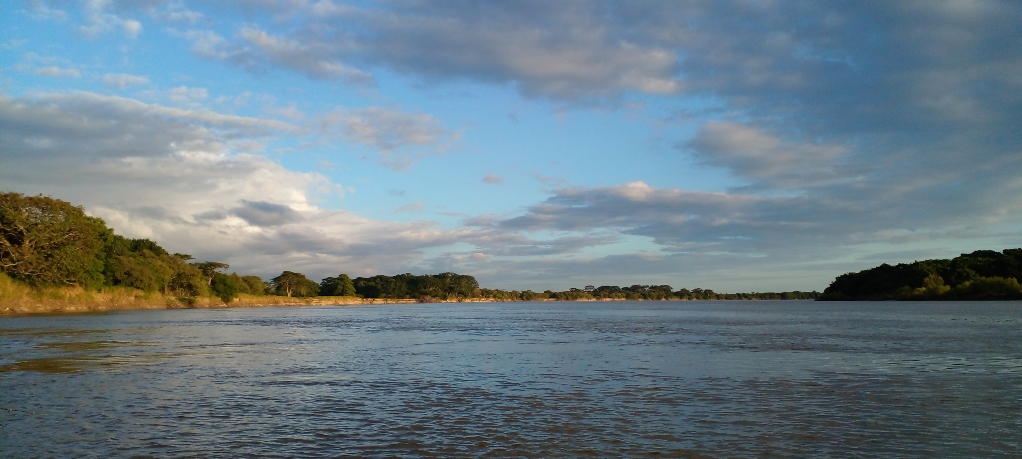
4. Conclusion: Community tourism to reach the sustainable development goals
This tourism development proposal will increase the economy in the communities near the Chaschoc lagoon in the Pochote section of E. Zapata, Tabasco. In the same way, it will allow carrying out actions to reverse climate change, as well as the achievement of Sustainable Development Goals 1, 2, 3, 5 and 15.
Having as a relevant objective, gender equity between men and women.
With Community Tourism, the Chaschoc natural resource will be protected, promoting its care, conservation and reforestation through dissemination on social networks.
It is intended that the Municipalities and States of the Southeast adopt this type of sustainable practices, to achieve progress in the reversal of climate change on a large scale in the country and, of course, in the world.
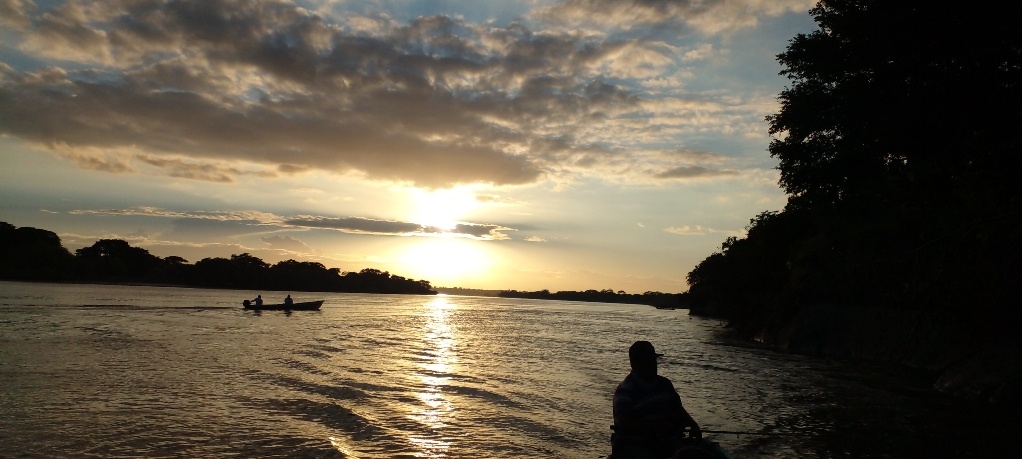
References
- Miguel Ángel Asturias, (2009) Hombres de Maíz. Editorial Losada.
- Lienhard, Martín. “La legitimación indígena en dos novelas centroamericanas.”
- Cuadernos Hispanoamericanos: Revista Mensual de Cultura Hispánica 414
- (1984) pág. 110-120.
- Cruz-Rosado, L. (2006). Distribución espacial y abundancia del fitoplancton en temporada de estiaje, en el vaso Cencali, laguna de las Ilusiones, Villahermosa Tabasco, México. Tesina. División académica de Ciencias Biológicas, Universidad Juárez Autónoma de Tabasco, Villahermosa, México.
- L.A. Ayala-Pérez, A.D. Pineda-Peralta, H. Álvarez-Guillén, L.E. Amador-del Ángel. El pez diablo (Pterygoplichthys spp.) en las cabeceras estuarinas de la laguna de Términos, Campeche. Especies invasoras acuáticas: casos de estudio en ecosistemas de México, pág. 313-336
- https://www.coneval.org.mx/coordinacion/entidades/Tabasco/Paginas/principal.aspx
- https://repositorio.cepal.org/bitstream/handle/11362/40155/24/S1801141_es.pdf
- http://www.uaa.edu.mx/assets/descargas/pdf/ponencias-foro-turismo-2016/8.pdf
- https://www.visitmexico.com/tabasco/emiliano-zapata/laguna-de-chaschoc
- https://www.researchgate.net/figure/Figura-1-Localizacion-del-humedal-Chaschoc-Seja-Emiliano-Zapata-Tabasco-Mexico_fig1_286448843
- https://www.elsevier.es/es-revista-revista-mexicana-biodiversidad-91-articulo-fitoplancton-el-humedal-tropical-chaschoc-S1870345316301361
- http://www.visitetabasco.com/TAB_Aves_20oct.pdf
- https://www.gob.mx/agricultura/articulos/huerto-de-traspatio-alimento-salud-y-esparcimiento
- https://www.youtube.com/watch?v=lnPAPYF4Uik

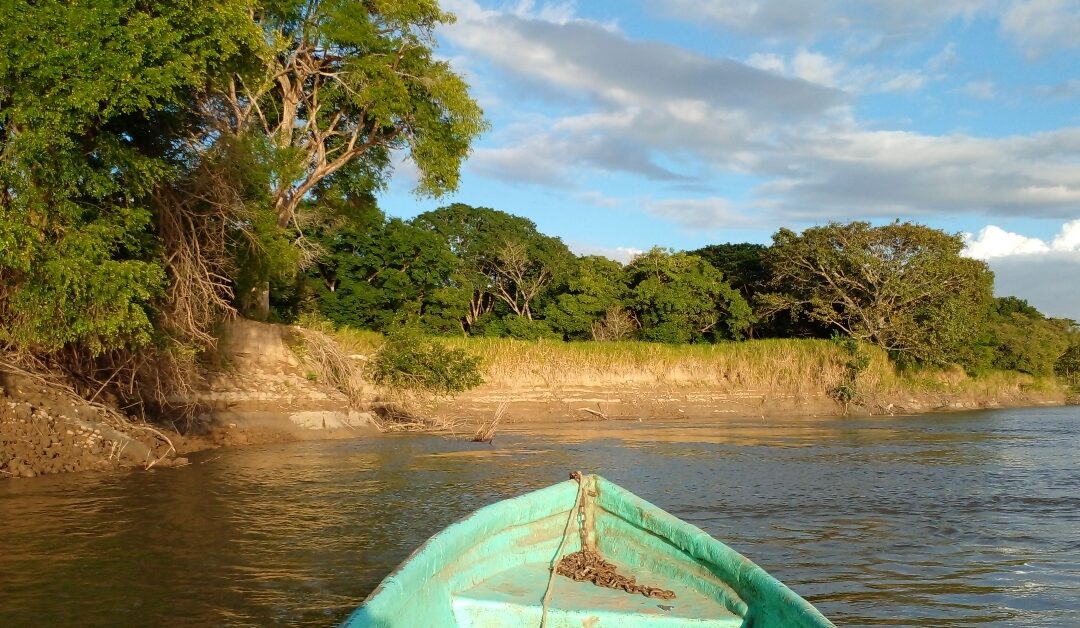
Wow, its so interesting, this project enhances the best of Tabasco, and creates an excellent tourist collaboration. Love it ❤️
Thank you for your comment Rubi! Are you familiar with the Tabasco region?
Thanks for sharing your thoughts!
Thanks for reading the article @Ben, have you been to the region?